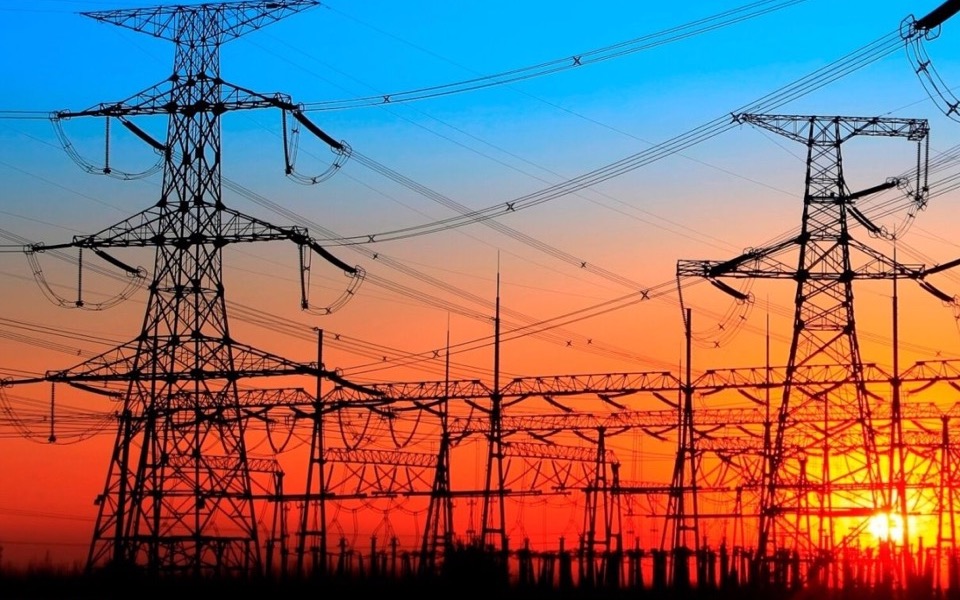‘Blue’ power rates gain traction
Fixed electricity tariffs are becoming more attractive after PPC decided to lower its prices

As consumers struggle to find which set of power rates is ideal for them out of the “green,” “blue,” “yellow” and “orange” categories to be introduced from January 1, blue tariffs appear to be beating the green and yellow floating tariff.
The blue ones have the strategic advantage of fixed kilowatt-hour billing and freeing consumers from the headache of searching for the cheapest tariff.
Former state monopoly PPC was the first to pave the way for competition in blue rates by adjusting the price of a KWh from 28 cents and 29.5 cents in its two fixed tariffs (myHomeEnter and myHome OnLine) to 17.9 cents, just 2 cents higher than initial KWh billing rate on its green tariff.
PPC’s move is expected to be followed by its private competitors in the coming days by making available on the market blue tariffs at competitive prices.
Private suppliers, large and small, are closing in on hedges in futures markets that will allow them to command low prices for their fixed tariffs, which look set to be at the forefront of the battle to retain retail market share in the post-subsidy era as of the beginning of 2024.
The blue KWh, based on the image formed so far by the market, will in January be cheaper than both the yellow one of the floating tariffs and the green of the Special Tariff imposed by law as mandatory for all providers.
Fixed tariffs were never withdrawn from the market. They were de facto abolished by the high risk of intense market volatility during the energy crisis which made them very expensive for consumers. Natural gas prices that have been formed in the European TTF hub have recently shown a clear trend of further de-escalation and stabilization of the market, which leads to a corresponding course in the wholesale and forward electricity markets.
The decline in the price of natural gas to 35 euros/MWh in the middle of the winter season shows, according to market estimates, that Ukraine is no longer a factor of uncertainty and points to a further price de-escalation.





